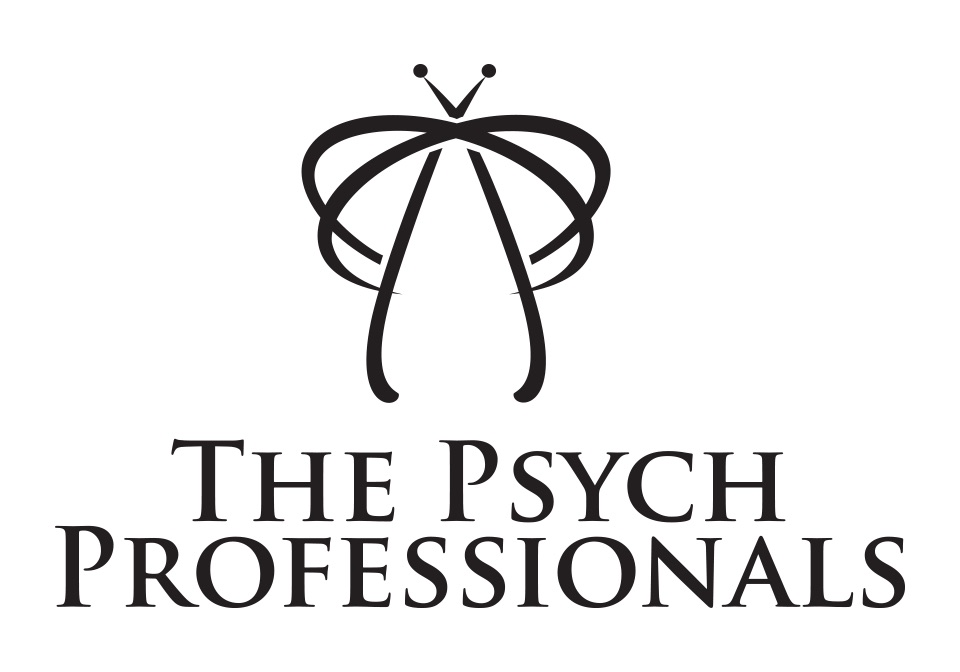What is Domestic and Family Violence?
Domestic and Family Violence is not just violence in it’s physical form (hitting and punching). Domestic family violence can be described by the pattern of actions that an individual uses to intentionally control and dominate an intimate partner or family member. It is the use of threats, intimidation and control.
Forms of violence
Physical
The physical category includes all forms of physical attack:
- punching, kicking etc,
- physical abuse of children and or pets,
- sleep and food deprivation,
- being locked out of the house,
- use of weapons,
- rape and sexual assault.
Threats
These threats may be to:
- hurt or kill (you, your children, other family members, your pets),
- threats to leave, to commit suicide,
- to use systems against you (child welfare, police) or
- any other type of threat to convince you to do something that you don’t want to, or don’t feel comfortable doing.
Reproductive Coercion
Reproductive Coercion includes manipulating or forcing you to become pregnant, to terminate a pregnancy, to not use contraception, sabotaging birth medication and or condoms.
Intimidation
Intimidation may take the form of displaying weapons, smashing things, looks, actions, gestures or abusing pets.
Emotional abuse
Forms of emotional abuse can include the following:
- put downs,
- name calling,
- playing mind games,
- gaslighting,
- humiliation,
- using insults,
- shaming,
- erode your self-confidence,
- blaming you for all the ‘problems’ in your relationship,
- stalking,
- making you feel guilty (about your parenting, for not wanting sex, for anything),
- constant criticism
Using isolation
Isolation can look like:
- cutting you off from outside world including family and friends,
- controlling who you see and talk to,
- what you wear,
- limiting involvement in activities outside the home,
- making you ask for permission to leave the house and/or
- using jealousy to justify their actions.
Social
Forms of social abuse can include reading your sms, monitoring online activity including reading emails, discouraging or forbidding you to spend time with friends, family members, deciding what activities you can and can’t attend.
Minimising, Denying and Blaming
Saying the abuse doesn’t happen, making light of the abuse, shifting the responsibility to the victim and or external factors such as job loss is also considered as forms of abuse as these things provide ‘ excuses’ or shift responsibility for the abuse occurring.
Using children
Using the children to relay messages, using access to children as opportunities to abuse you or attempting to turn the children against you is another form of abuse.
Financial
The forms of financial abuse include:
- preventing you from getting or keeping a job,
- making you ask for money,
- controlling all money coming into the household,
- not letting you know about or have access to income including your income,
- make all financial decisions,
- monitoring your use of money and / or using your credit care without permission.
Verbal
Verbal abuse can include yelling, swearing at you, insulting you, calling you names and / or criticising your body, appearance, parenting or your intelligence.
Sexual
Forms of sexual assault include rape, sexual assault, forcing , tricking, manipulating, blackmailing you to perform sexual acts, unwanted exposure to pornography, taking photos/filming you without your consent and controlling your sexuality.
Strangulation
Strangulation means squeezing or pushing on your neck. There is often no immediate or obvious injuries with non-lethal strangulation. Strangulation can cause unconsciousness within seconds and death within minutes. Victims have died several weeks or months after the attack as a result of blood clots, stroke and brain damage. Women may miscarry. The perpetrator may push on your neck until you lose consciousness and wait for you to regain consciousness and then continue to do this again and again. There is a high correlation between non-fatal strangulation in the domestic violence context and homicide, it is predictive of an escalation in domestic violence offending including homicide. Due to this, strangulation is now a stand alone offence in Queensland Criminal Code.
Violence in different types of relationships
 Violence and abusive behaviour in same sex and heterosexual relationships can be similar however there are some unique issues facing Lesbian, Gay Bi-sexual, Transgender, Intersex community members. These can include:
Violence and abusive behaviour in same sex and heterosexual relationships can be similar however there are some unique issues facing Lesbian, Gay Bi-sexual, Transgender, Intersex community members. These can include:
- Threats to be ‘outed’ as a method of control
- Lack of or limited specialised services within LGBTI communities making it difficult to seek help especially in rural areas
- Abuse associated with the person’s sexuality
There are so many different forms of violence and it is incredible how many relationships have elements of the above and think that these things are ‘ok’. Any and all of the above forms of violence ARE NOT OK. Our next blog post will talk more about what you can do if you or someone you know is a victim of family or domestic violence.
If you are concerned you or someone you know is a victim of domestic and family violence, we encourage you to speak up. Access support on the White Ribbon Australia National support page. Local support can also be found here.
The Psych Professionals work to support our clients to develop the skills and strategies to live the life they deserve. We have clinicians who work with all ages who support in areas from anxiety, depression and trauma, to chronic pain, work issues and behaviour problems. If you want to know more about how we can help you, contact us and one of our friendly Client Relationships Team will get back to you. We offer remote telehealth consultation or if you are in Cleveland or Loganholme in QLD, Australia book an in-person appointment with our psychologists
